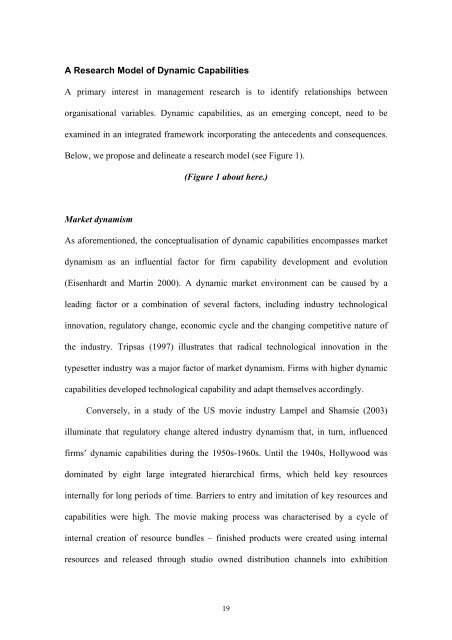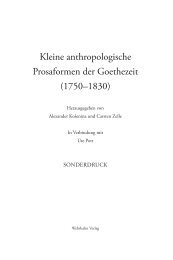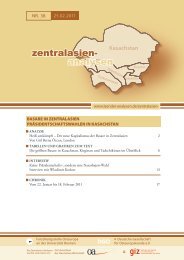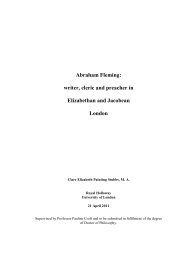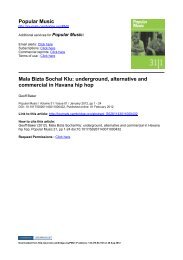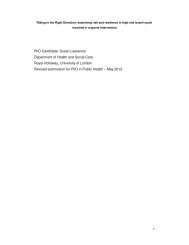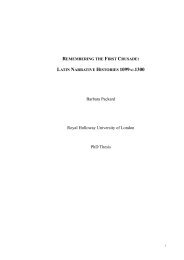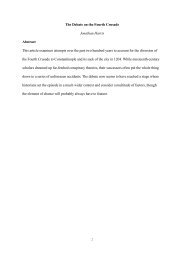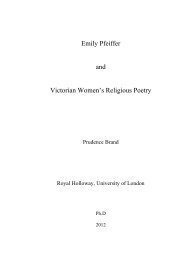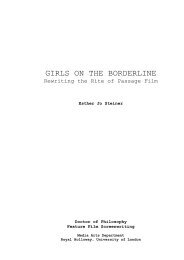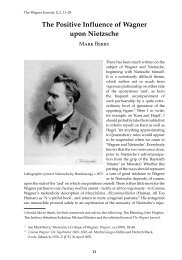Dynamic Capabilities: A Review and Research Agenda
Dynamic Capabilities: A Review and Research Agenda
Dynamic Capabilities: A Review and Research Agenda
You also want an ePaper? Increase the reach of your titles
YUMPU automatically turns print PDFs into web optimized ePapers that Google loves.
A <strong>Research</strong> Model of <strong>Dynamic</strong> <strong>Capabilities</strong><br />
A primary interest in management research is to identify relationships between<br />
organisational variables. <strong>Dynamic</strong> capabilities, as an emerging concept, need to be<br />
examined in an integrated framework incorporating the antecedents <strong>and</strong> consequences.<br />
Below, we propose <strong>and</strong> delineate a research model (see Figure 1).<br />
Market dynamism<br />
(Figure 1 about here.)<br />
As aforementioned, the conceptualisation of dynamic capabilities encompasses market<br />
dynamism as an influential factor for firm capability development <strong>and</strong> evolution<br />
(Eisenhardt <strong>and</strong> Martin 2000). A dynamic market environment can be caused by a<br />
leading factor or a combination of several factors, including industry technological<br />
innovation, regulatory change, economic cycle <strong>and</strong> the changing competitive nature of<br />
the industry. Tripsas (1997) illustrates that radical technological innovation in the<br />
typesetter industry was a major factor of market dynamism. Firms with higher dynamic<br />
capabilities developed technological capability <strong>and</strong> adapt themselves accordingly.<br />
Conversely, in a study of the US movie industry Lampel <strong>and</strong> Shamsie (2003)<br />
illuminate that regulatory change altered industry dynamism that, in turn, influenced<br />
firms’ dynamic capabilities during the 1950s-1960s. Until the 1940s, Hollywood was<br />
dominated by eight large integrated hierarchical firms, which held key resources<br />
internally for long periods of time. Barriers to entry <strong>and</strong> imitation of key resources <strong>and</strong><br />
capabilities were high. The movie making process was characterised by a cycle of<br />
internal creation of resource bundles – finished products were created using internal<br />
resources <strong>and</strong> released through studio owned distribution channels into exhibition<br />
19


